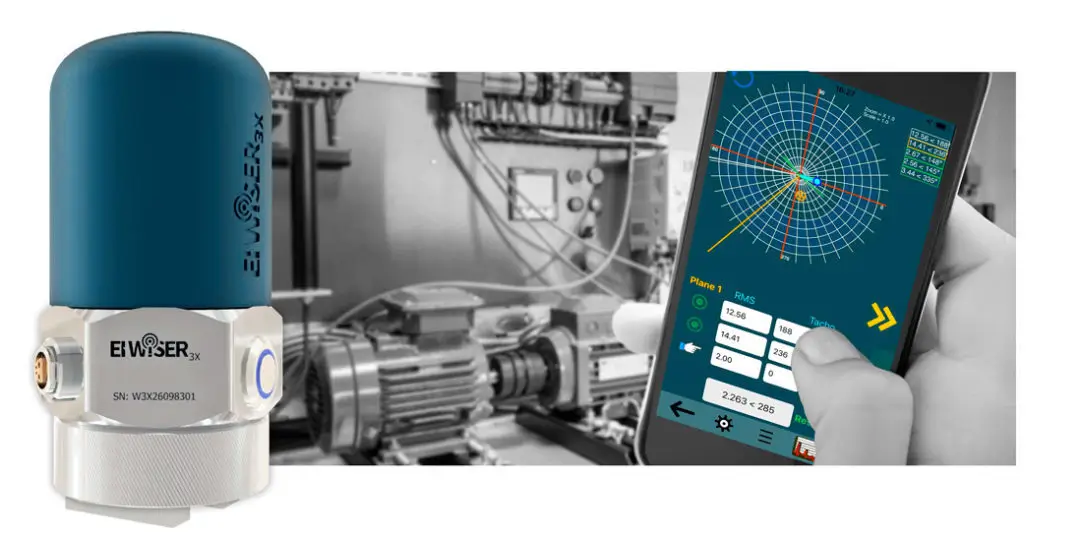The wireless technology, Wi-Fi, is one of the most crucial techs in this era. Since the Wi-Fi 1, January 8, 2024, marked when Wi-Fi 7 became official. It was the day the Wi-Fi Alliance introduced the Wi-Fi CERTIFIED 7 programs. This would be the fastest version of the Wi-Fi 7 technology, providing exceptional connections for redefining the wireless vibration monitoring system.
This technological leap has significantly transformed the vibration analysis industry, particularly in the form of wireless vibration monitoring systems. Let’s delve into the advantages that Wi-Fi 7 brings to the table, making it a game-changer for engineers and maintenance teams.
1. Seamless Connectivity
Wi-Fi 7 technology has ushered in an era of seamless connectivity, allowing wireless vibration monitoring systems to communicate effortlessly with industrial equipment. This ensures that real-time data is readily available, enabling quick decision-making and prompt responses to potential issues.
2. Remote Monitoring
Gone are the days when engineers had to be physically present on-site to monitor machinery vibrations. With Wi-Fi 7, particularly in the context of remote vibration monitoring equipment, professionals can now keep an eye on the health of industrial equipment from the comfort of their offices. This remote monitoring capability not only saves time but also enhances overall operational efficiency.
3. Cost-Efficiency
Traditional wired setups for vibration analysis often involve complex wiring installations, which can be both time-consuming and costly. Wi-Fi 7 technology, especially when integrated into wireless vibration monitoring systems, eliminates the need for extensive cabling, reducing installation expenses.This cost-efficiency is a significant boon for industries looking to enhance their equipment monitoring capabilities without breaking the bank.
4. Data Accuracy and Consistency
Wi-Fi 7 technology ensures a stable and reliable connection, translating to accurate and consistent data collection in wireless vibration monitoring systems.This reliability is paramount in vibration analysis, where precision is key to identifying potential faults or irregularities in machinery. Engineers can trust the data they receive, leading to more effective preventive maintenance strategies.
5. Scalability
As industries expand and modernize, the scalability of technology becomes a crucial factor. Wi-Fi 7 -7-based vibration analysis systems, particularly those utilizing wireless vibration monitoring equipment, can easily adapt to the growing needs of a business.Whether you’re a small manufacturing unit or a large industrial facility, Wi-Fi 7 technology provides a scalable explanation that can evolve with your organization
Summing Up – Wireless Vibration Monitoring System
The integration of Wi-Fi 7 technology, particularly in the form of wireless vibration monitoring systems, into the vibration analysis industry marks a significant step forward in enhancing operational efficiency, reducing costs, and ensuring the longevity of industrial machinery.


1 Comment
Top 7 Wireless Vibration Monitoring Services Trends of 2024 1 year ago
[…] allows the software to learn patterns quickly, which helps it indicate patterns of anomalies. Wireless vibration monitoring systems can provide a more personalized approach to each machinery, leading to more accurate results […]